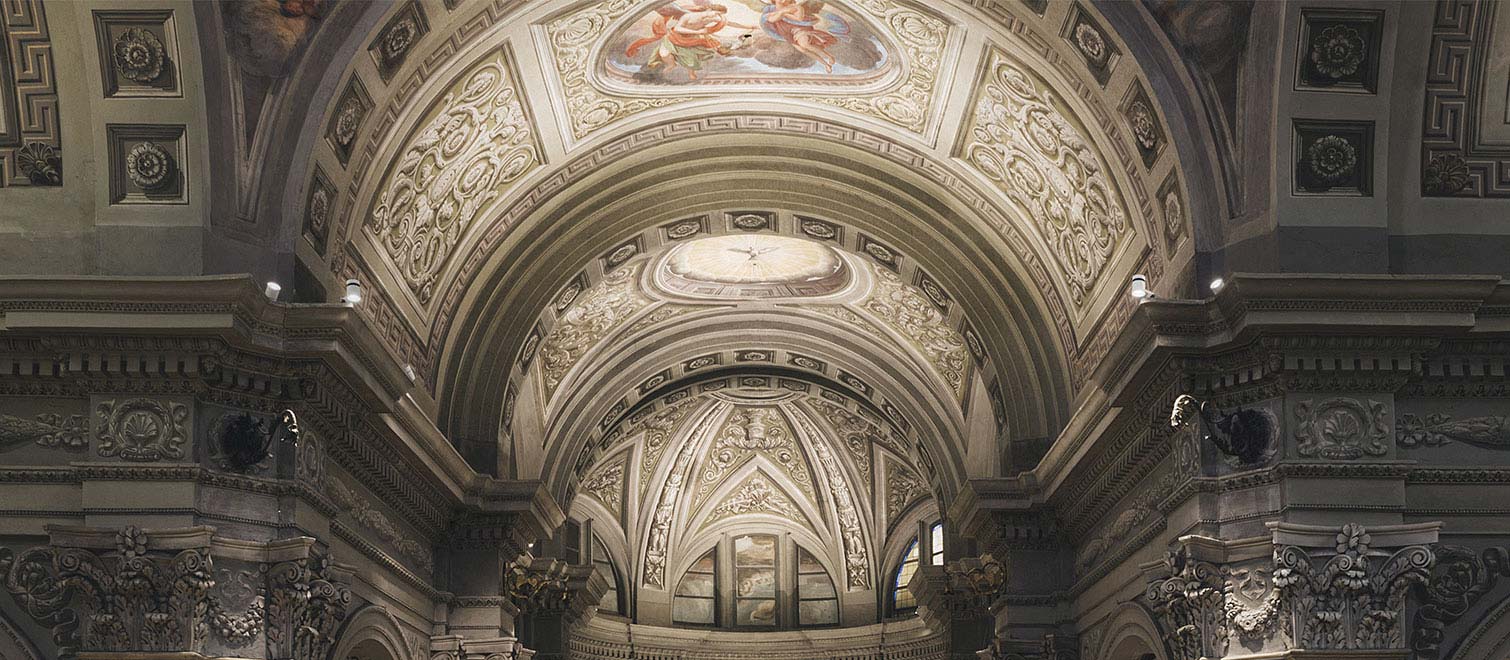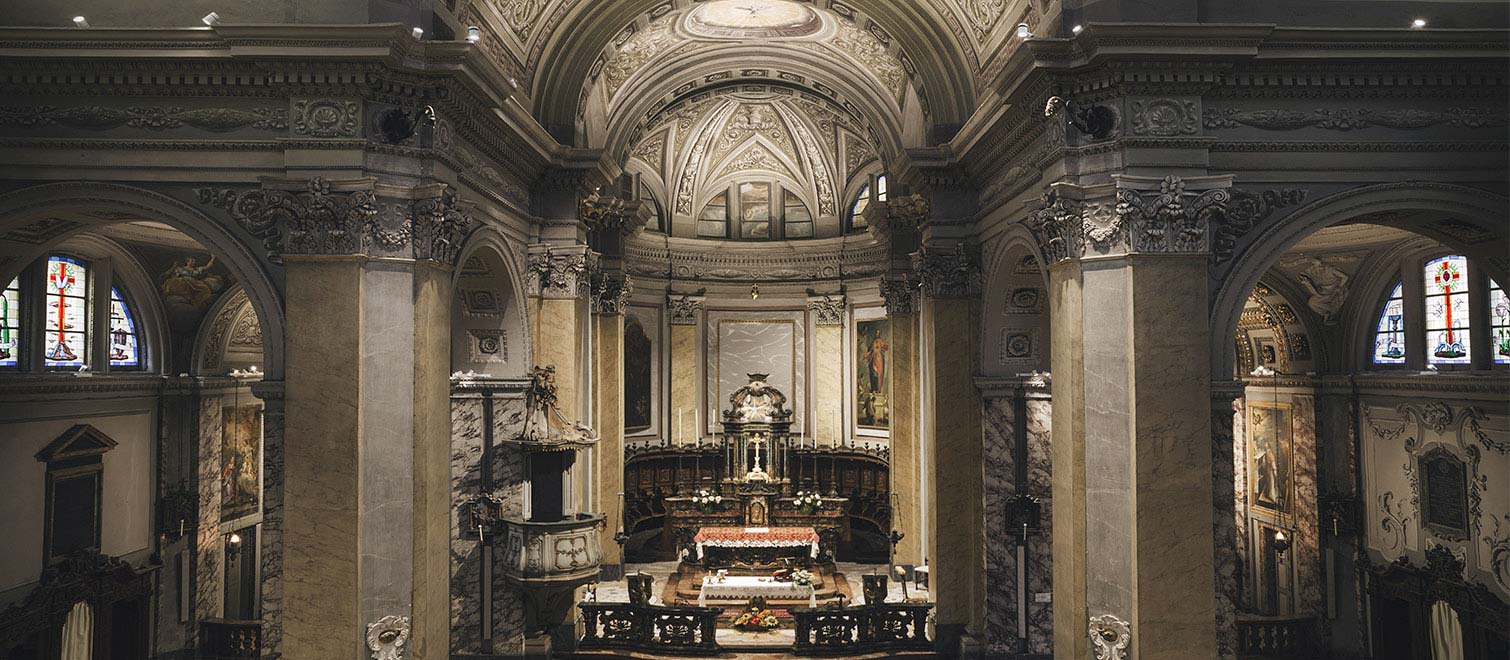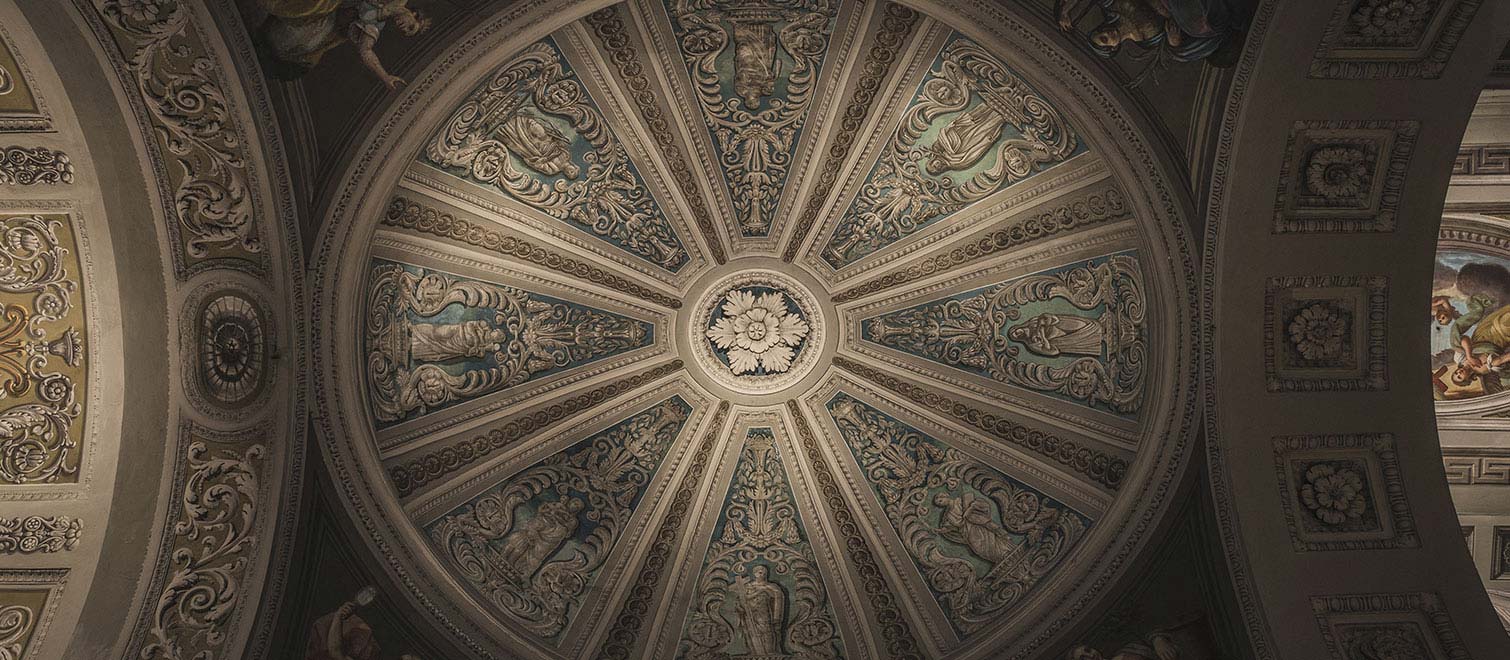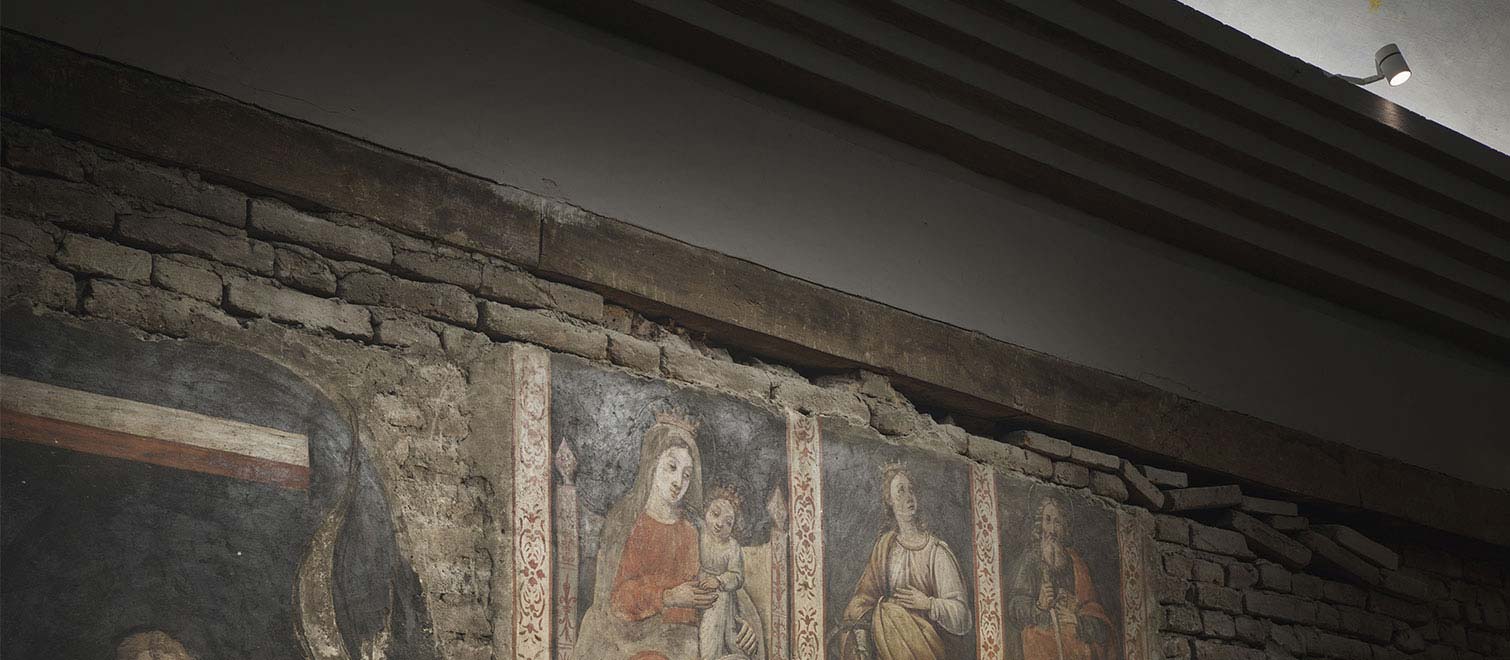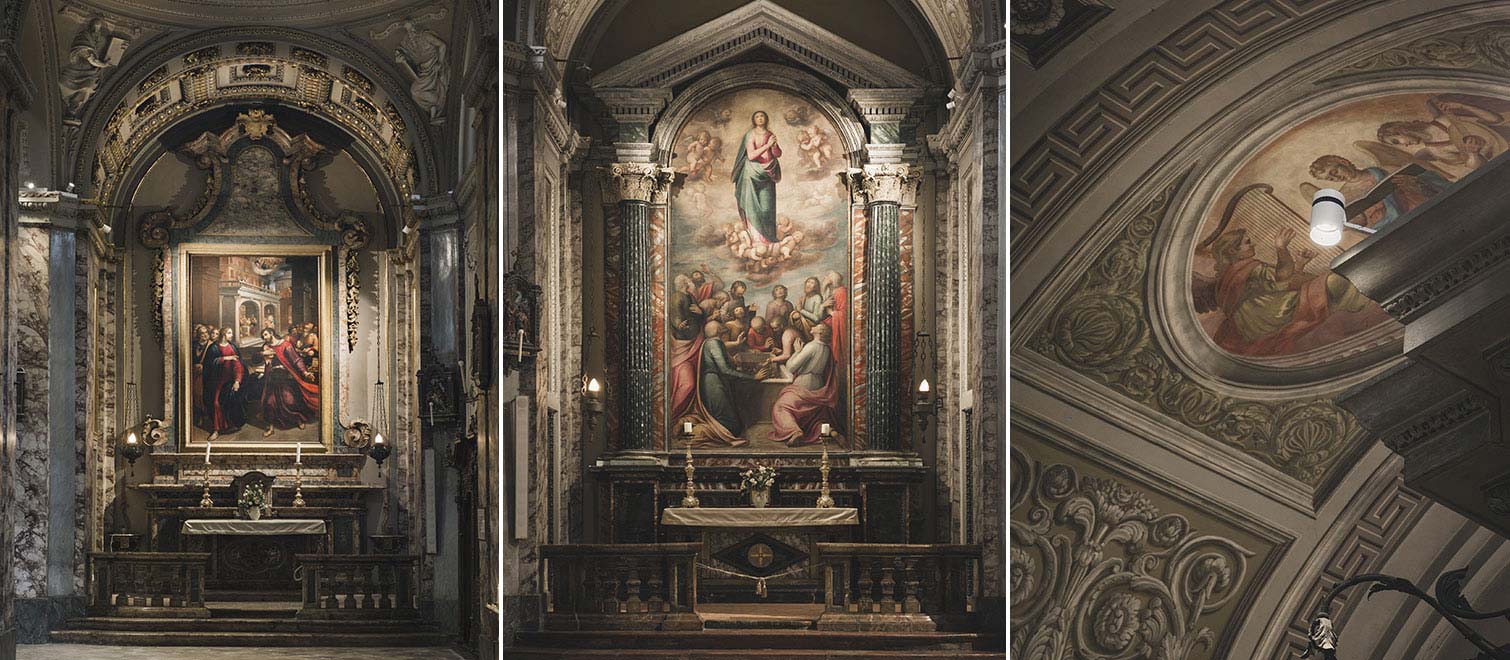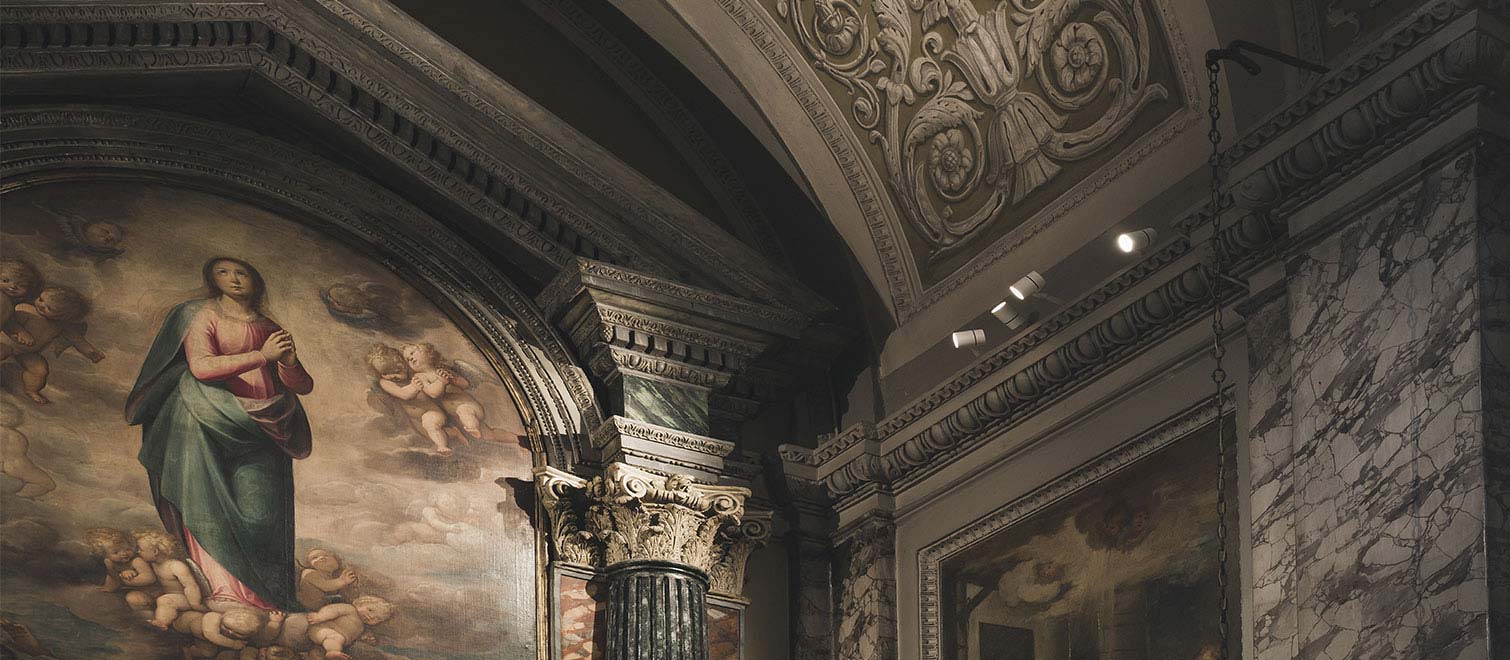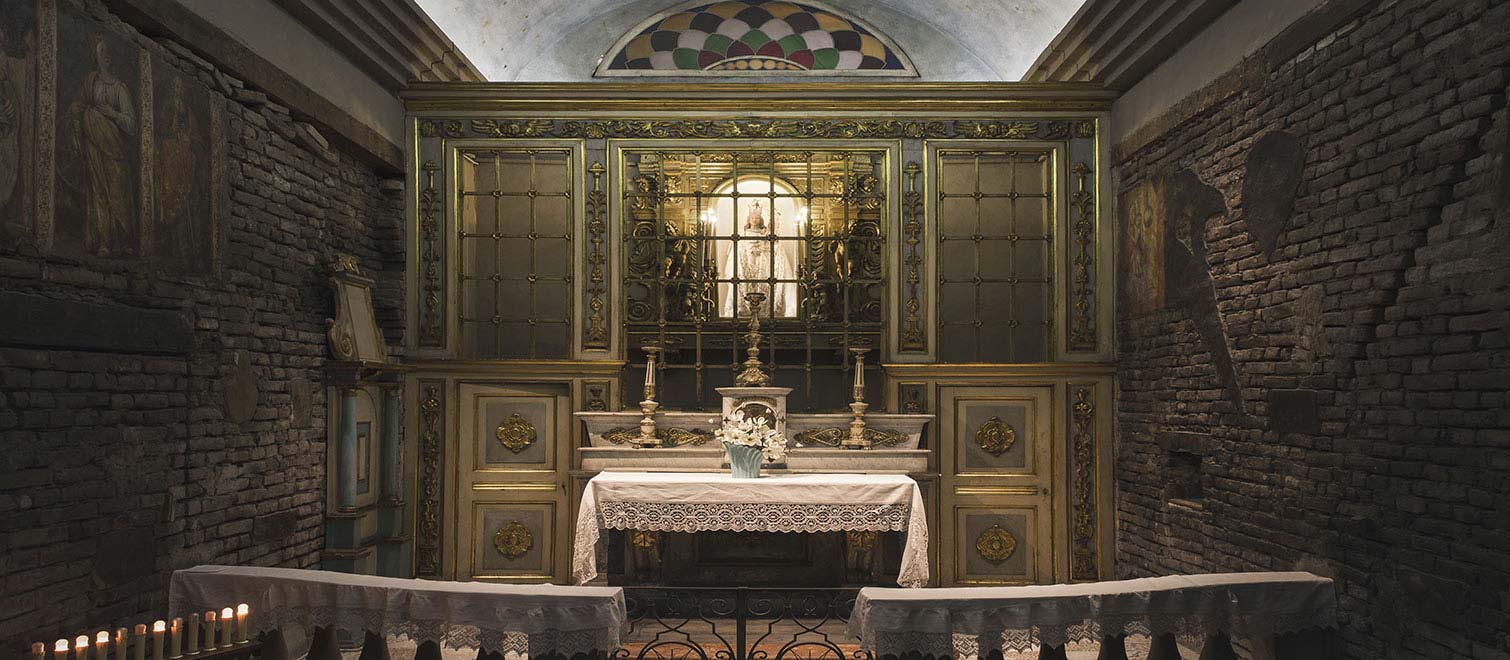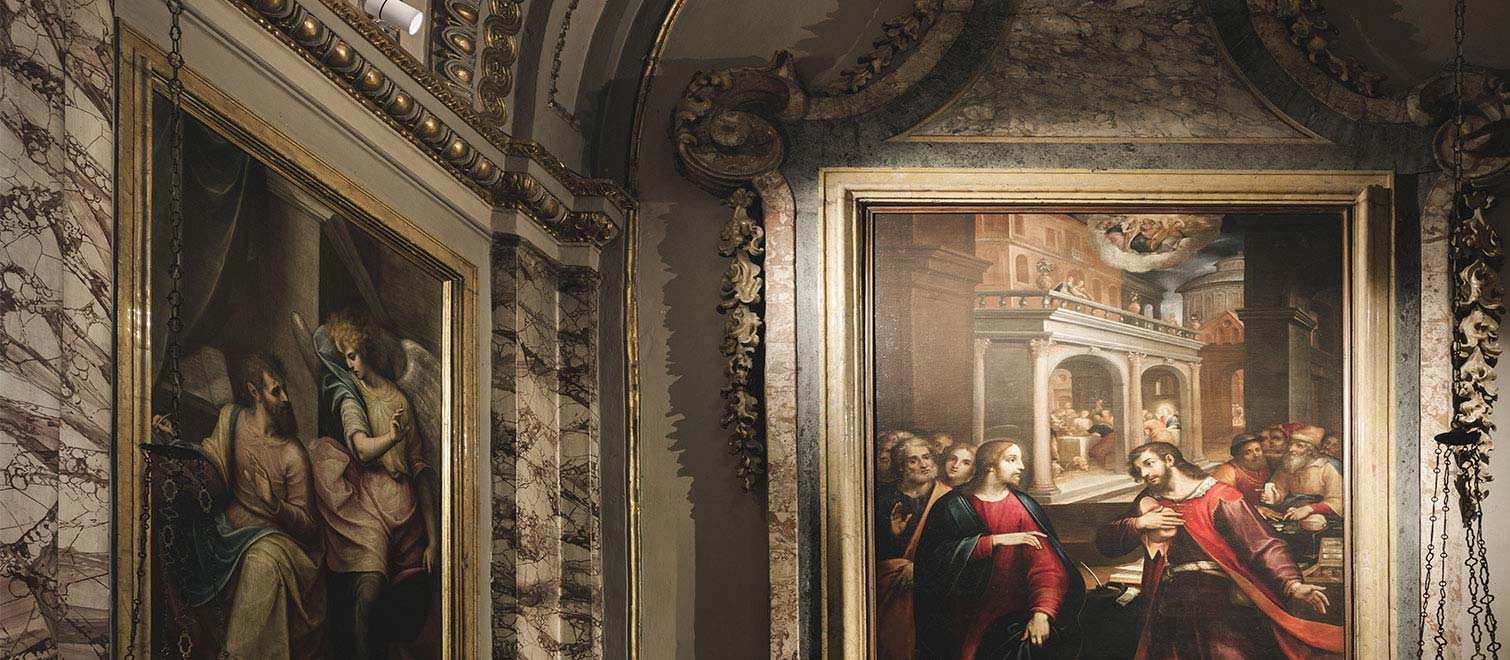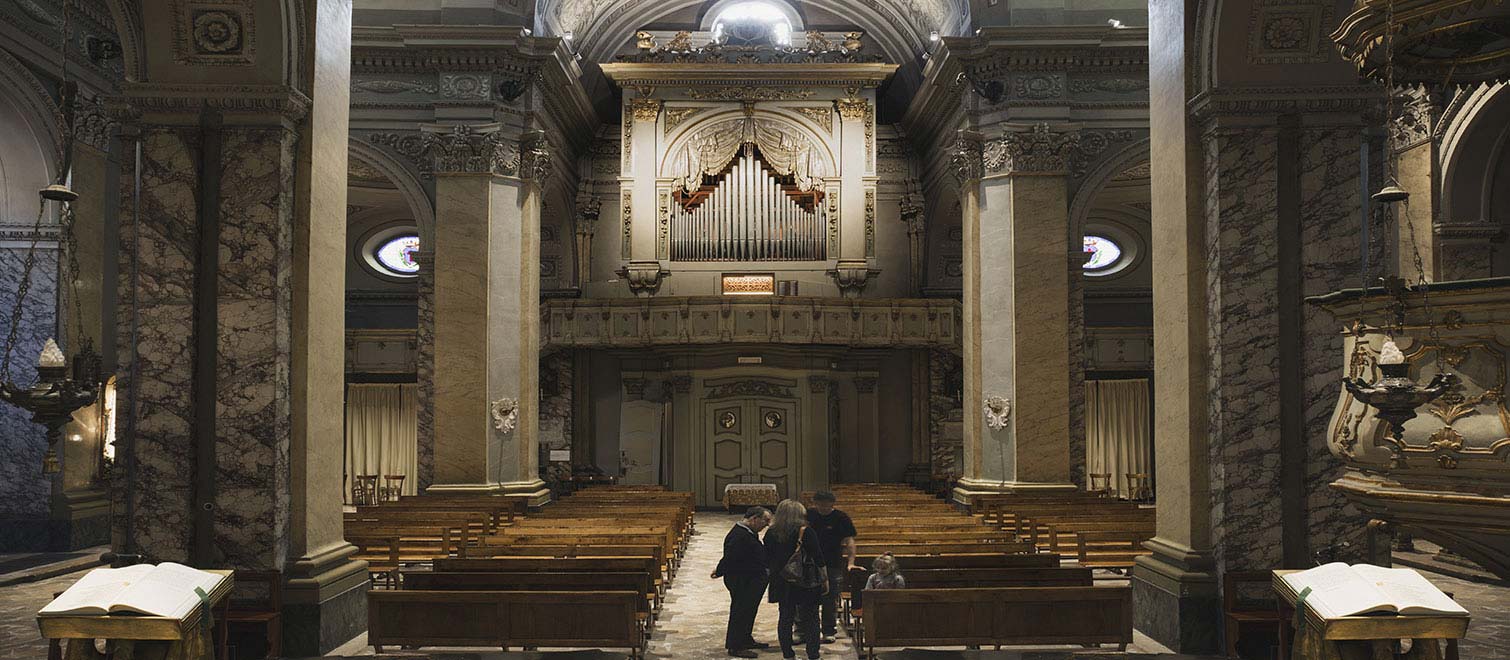The church of San Paolo, located in the historic centre of Casale Monferrato, was built by the Barnabites in around 1586. The Greek-cross interior contains rich artistic heritage, featuring, amongst others, works by Guglielmo Caccia, “il Moncalvo”, and pieces by Frans Van de Kasteele, while the aisle houses the Santa Casa della Vergine di Loreto Chapel, dating back to the seventeenth century.
The project of relamping the building was developed to reduce energy consumption and introduce lighting on a human scale, dedicated to the liturgy and to enhance a space with a value that is above all symbolic.
The artificial light was developed to integrate into the space, illuminating the same environments that the original builders enhanced using natural light: the altar, the ambon and the baptistery.
The guidelines of the Italian Episcopal Conference (CEI) were adhered to, and these required the lighting to meet the needs of celebration, not cause damage to the building or the works contained therein, and allow for tourist use.
Religious celebration requires first of all light for the priest to deliver his sermons, but also for his assistants and the congregation. The lighting of the presbytery must allow the celebrant to carry out his duties, and must stand out over that of the main body of the church, in order to focus the attention of the congregation on the service in progress.
Additionally, the lighting must highlight the works of art and the architecture of the church, encouraging occasional visitors to recognise the religious aspect of the place, focusing on its core elements. Special attention was paid to ensuring that the vault lighting was not so severe as to damage the frescoes.
The Yori projectors with articulated arm were the perfect solution here; their mounting system and design make them ideal for installation in eaves, while the direction flexibility and reduced size allows for insertion discreetly within the setting.
The 10W and 22W versions were used to create the optimum accent lighting for the building’s various artistic and architectural features, enhanced by a high colour rendering index using the latest generation LEDs (CRI>90). These light sources also minimise energy consumption, 11.4W and 23.9W respectively for the two versions.
The overall result is effective and pleasant; avoiding glare, not lighting unnecessary vertical surfaces and reducing shadows, which were previously quite marked. The efficiency achieved thanks to the new installation has also enabled significant savings in energy, around 60% compared to the previous system.






